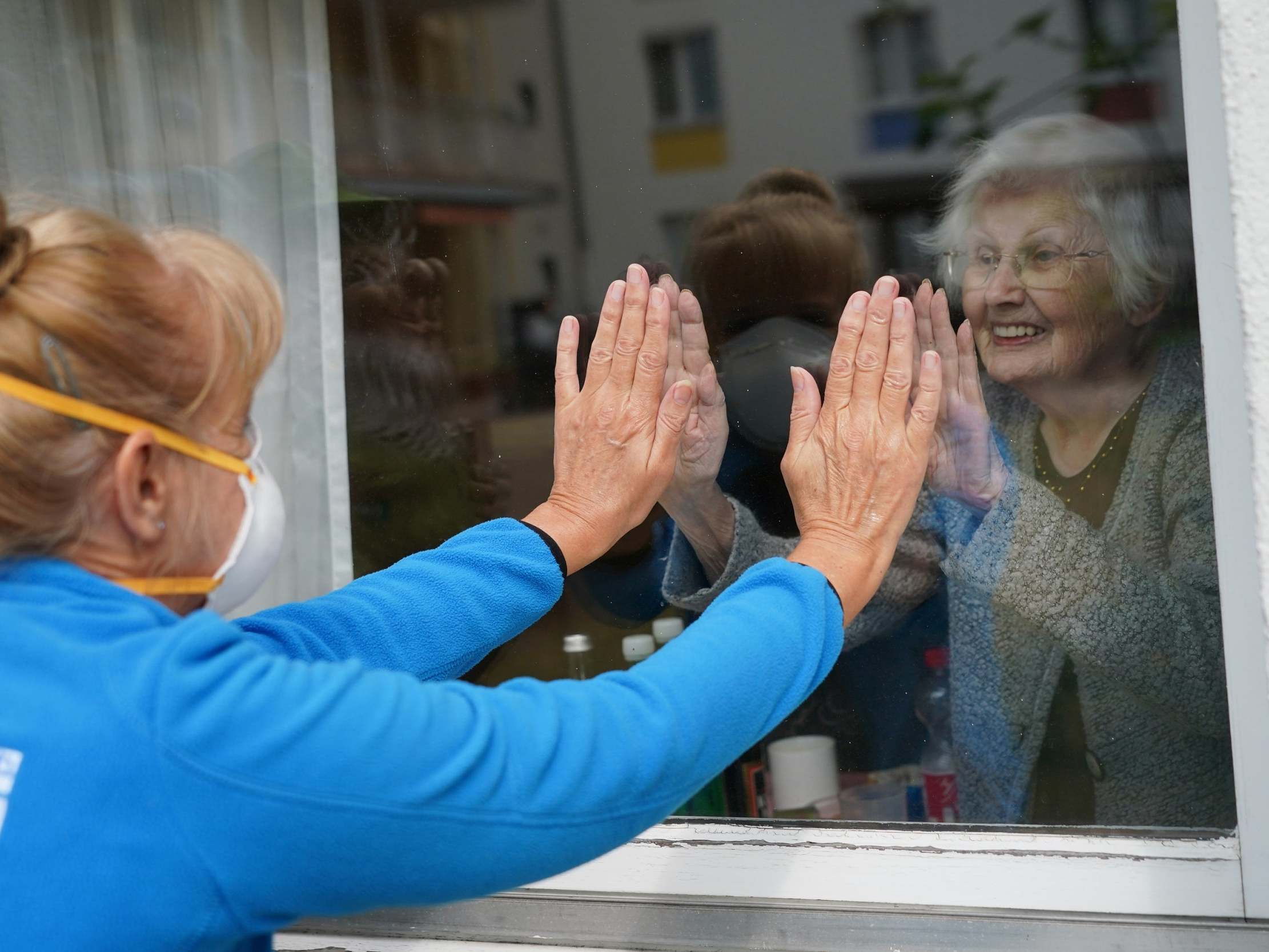Coronavirus shielding has impacted Liverpool more than any other UK region
More than two million people are shielding from coronavirus across England

Your support helps us to tell the story
From reproductive rights to climate change to Big Tech, The Independent is on the ground when the story is developing. Whether it's investigating the financials of Elon Musk's pro-Trump PAC or producing our latest documentary, 'The A Word', which shines a light on the American women fighting for reproductive rights, we know how important it is to parse out the facts from the messaging.
At such a critical moment in US history, we need reporters on the ground. Your donation allows us to keep sending journalists to speak to both sides of the story.
The Independent is trusted by Americans across the entire political spectrum. And unlike many other quality news outlets, we choose not to lock Americans out of our reporting and analysis with paywalls. We believe quality journalism should be available to everyone, paid for by those who can afford it.
Your support makes all the difference.NHS data shows people living in Liverpool have been hardest hit by government advice on shielding those most at risk from coronavirus, with almost 10 per cent of the population currently staying behind closed doors.
Across England, more than 2.2 million people have now been identified by GPs and NHS specialists as being at extreme high risk from Covid-19.
In March, as lockdown began, the government warned some patients were at greater risk from dying if they were infected with the virus and drew up plans to “shield” them in their own homes with the army used to deliver food and medicine.
The list of patients classified as being at extreme risk has grown to more than 2.2 million, according to data published by NHS Digital this week. This is equivalent to 4 per cent of England’s population.
Among the people shielding and told to stay indoors and avoid all unnecessary contact include more than 93,000 children aged under 18. There are almost 1.1 million adults under the age of 70 shielding at home with 955,000 pensioners over 70 also on the list.
The northwest region has a higher proportion of shielding patients than most parts of England, with a total of 4.8 per cent, or almost 350,000 people.
Liverpool has 47,000 people shielding, almost 10 per cent of the NHS clinical commissioning group's population.
Nearby South Sefton has almost 9 per cent of people shielding, around 13,000 residents, while in neighbouring Southport approximately 8,700 people are shielding, which is 7.5 per cent of the total population.
The worst affected area in London is Hounslow, where 8 per cent of people are shielding, equivalent to 21,000 people.
Shielding is expected to last until 30 June, but health chiefs have become concerned about the impact on patients being shut away for so long.
Deputy chief medical officer Jenny Harries said earlier this month that NHS England had now set up a group to examine actions it could take after mental health issues among shielded patients had started to increase.
She told the Royal Society of Medicine these patients may have to continue shielding for many more months and a survey by the Ministry of Housing, Communities and Local Government had suggested “mental health issues are starting to become a concern and that’s one reason why NHS England have put together this group. [It is] very well recognised and we’re trying to give it some attention”.
People who are classed as clinically extremely vulnerable should have received a letter telling them they are in this group and been helped to register for support.
Those at extreme risk include those who have received organ transplants, cancer patients, and those with lung conditions such as cystic fibrosis, severe asthma and chronic obstructive pulmonary disease.
The government announced on Saturday night that those shielding would be advised they could now spend some time outdoors.
Downing Street guidance would be updated to include advice that they can now spend time outdoors but still only with members of their household and must maintain social distancing rules.
Those who live alone can meet outside with one other person from another household.
Ministers said it was hoped the change would give those patients a much needed boost. The government has said it will review the shielding guidance in coming weeks.
Prime Minister Boris Johnson said: “We have been looking at how we can make life easier for our most vulnerable, so today I am happy to confirm that those who are shielding will be able to spend time outside with someone else, observing social distance guidelines.
“I will do what I can, in line with the scientific advice, to continue making life easier for you over the coming weeks and months.”
Join our commenting forum
Join thought-provoking conversations, follow other Independent readers and see their replies
Comments